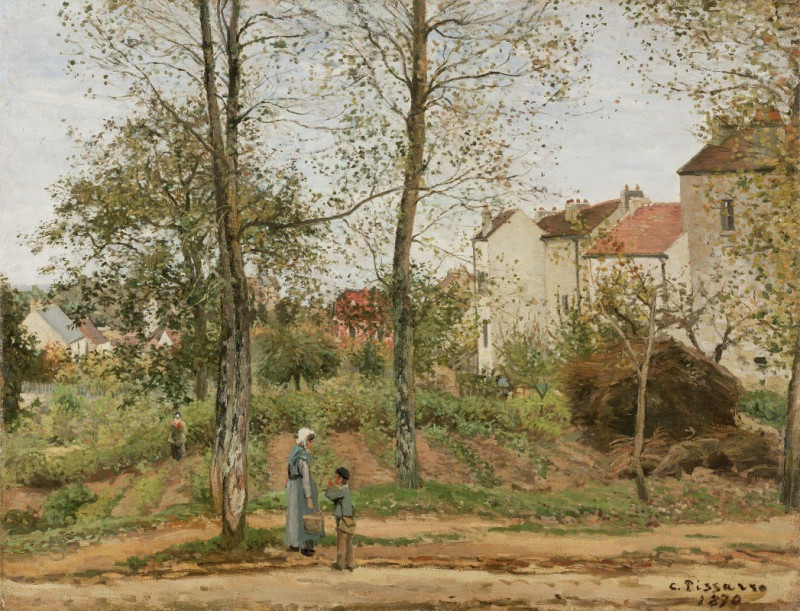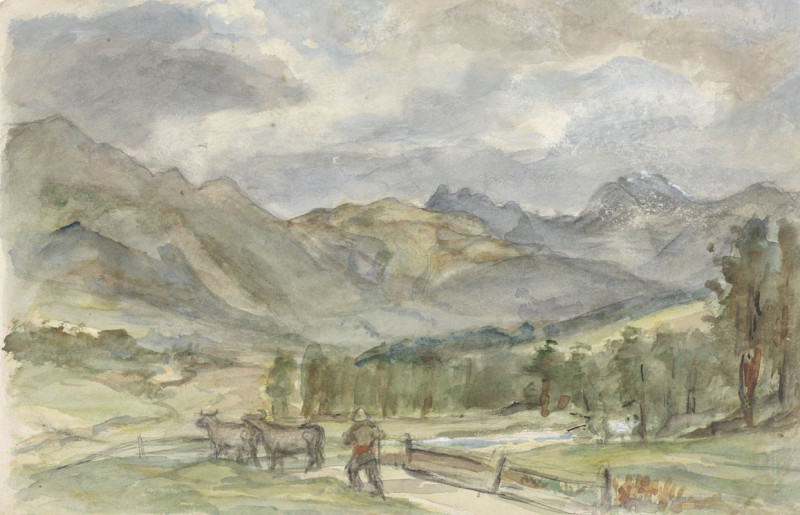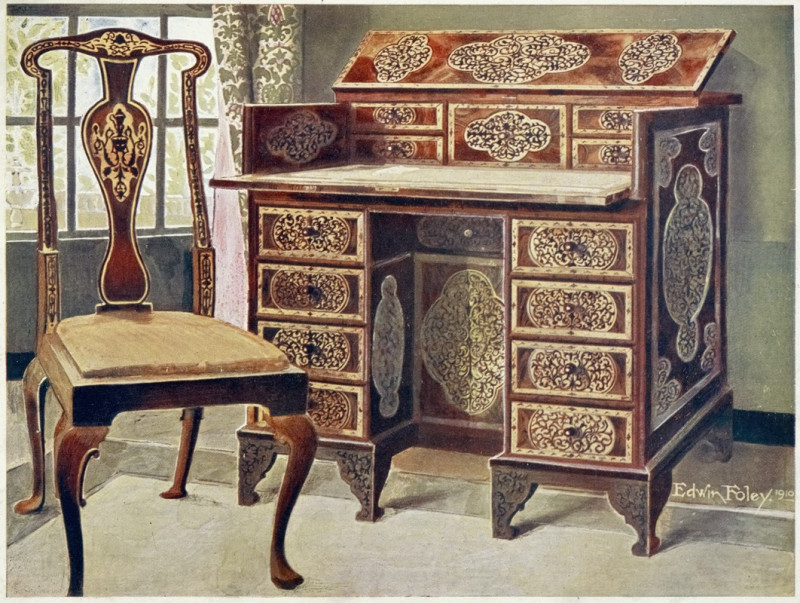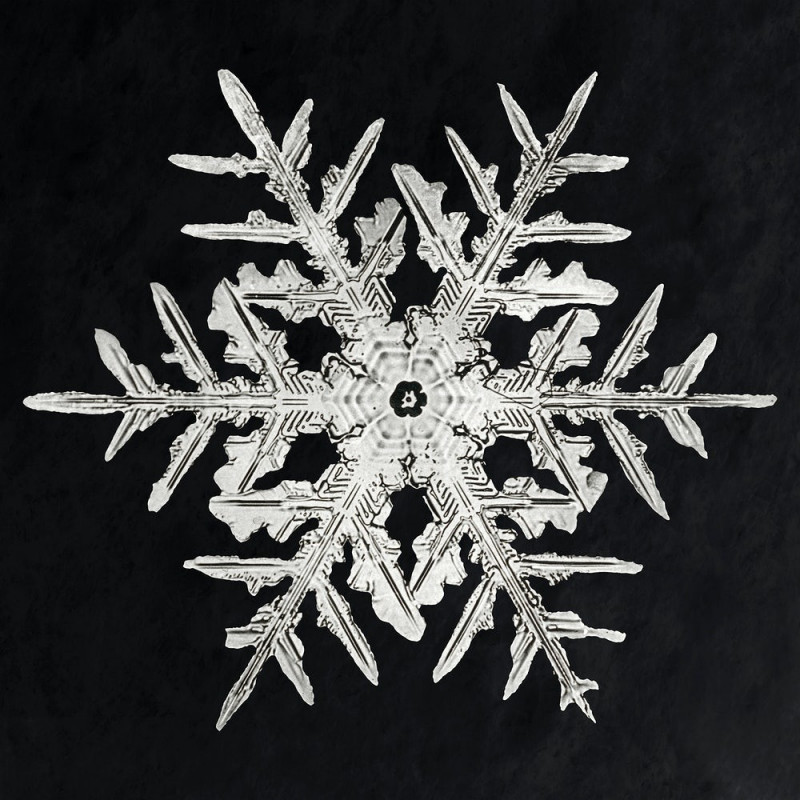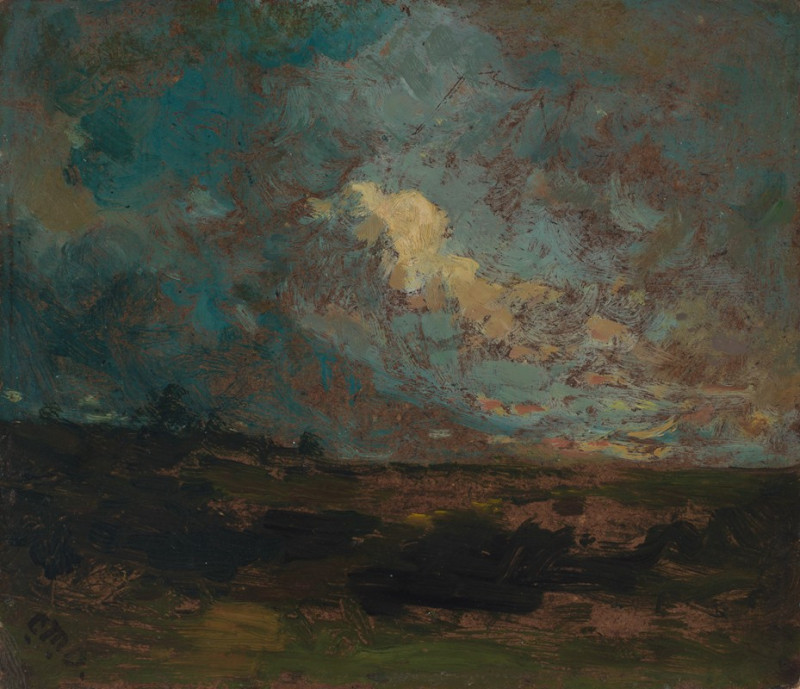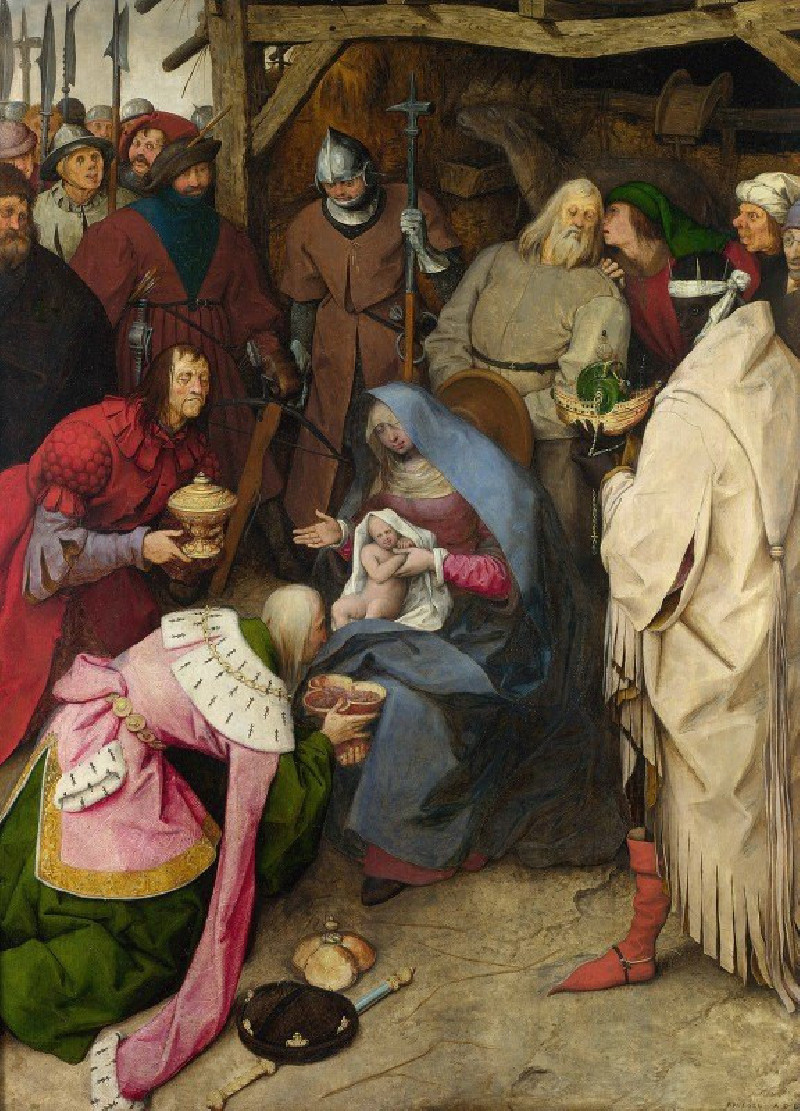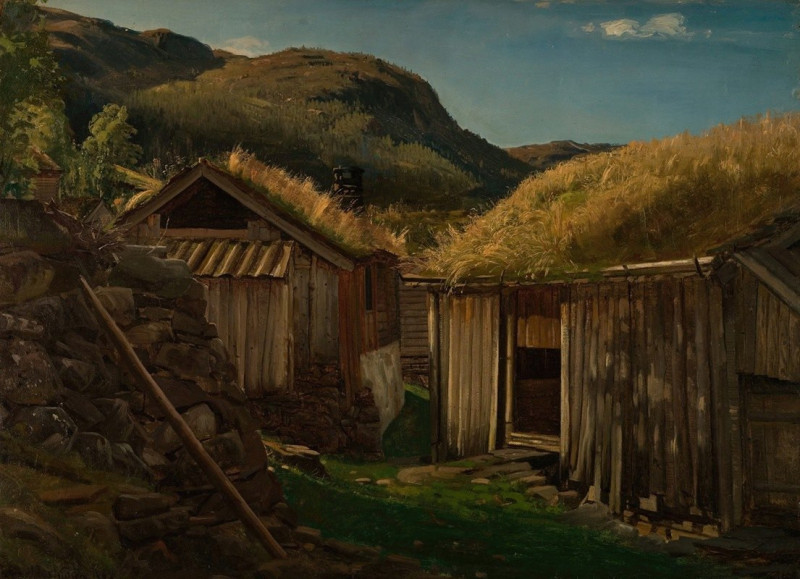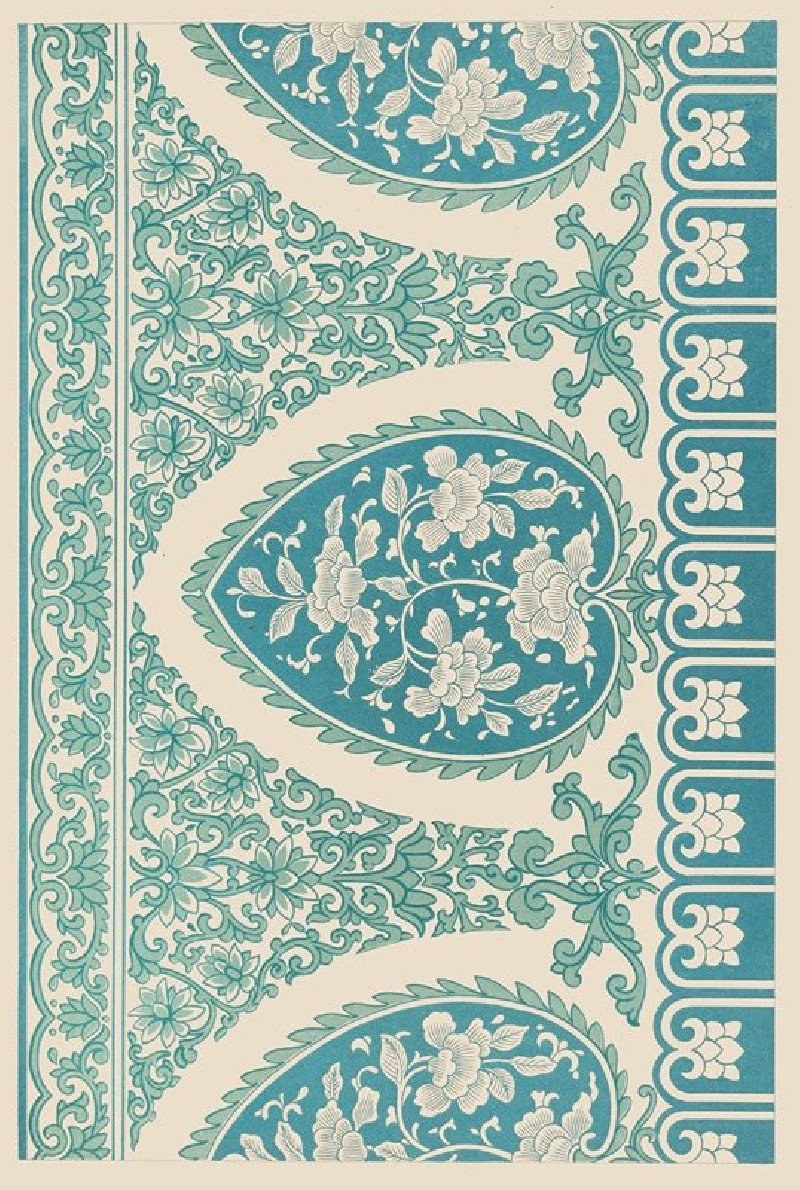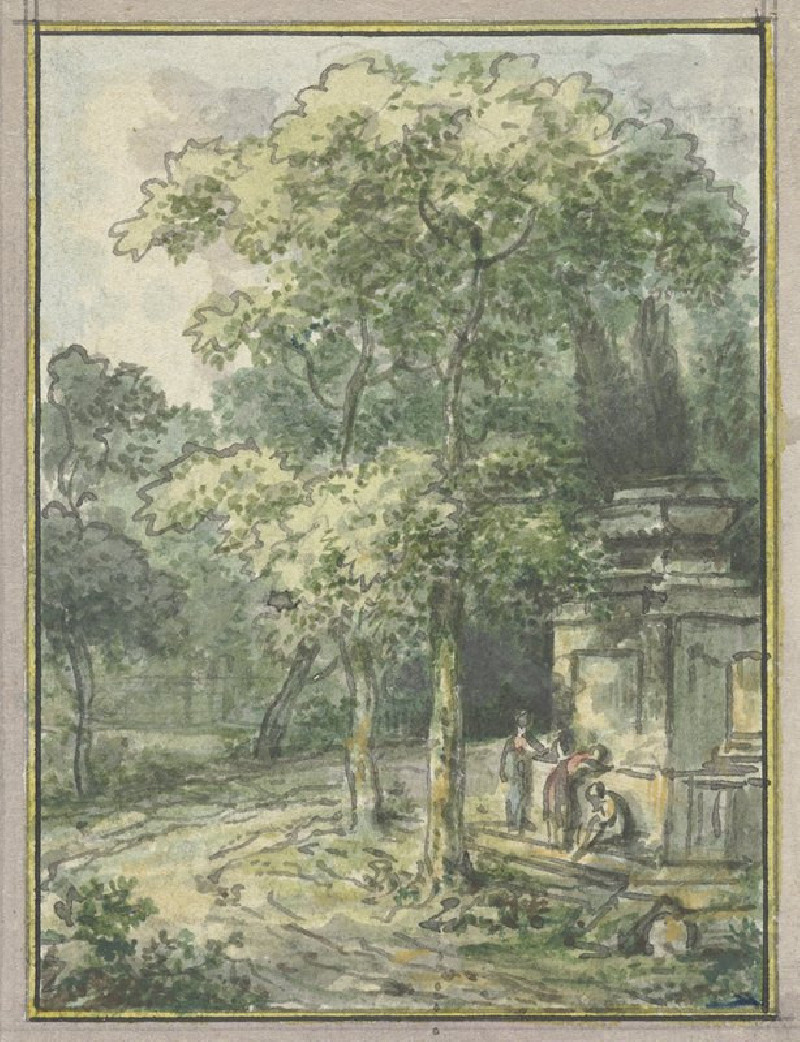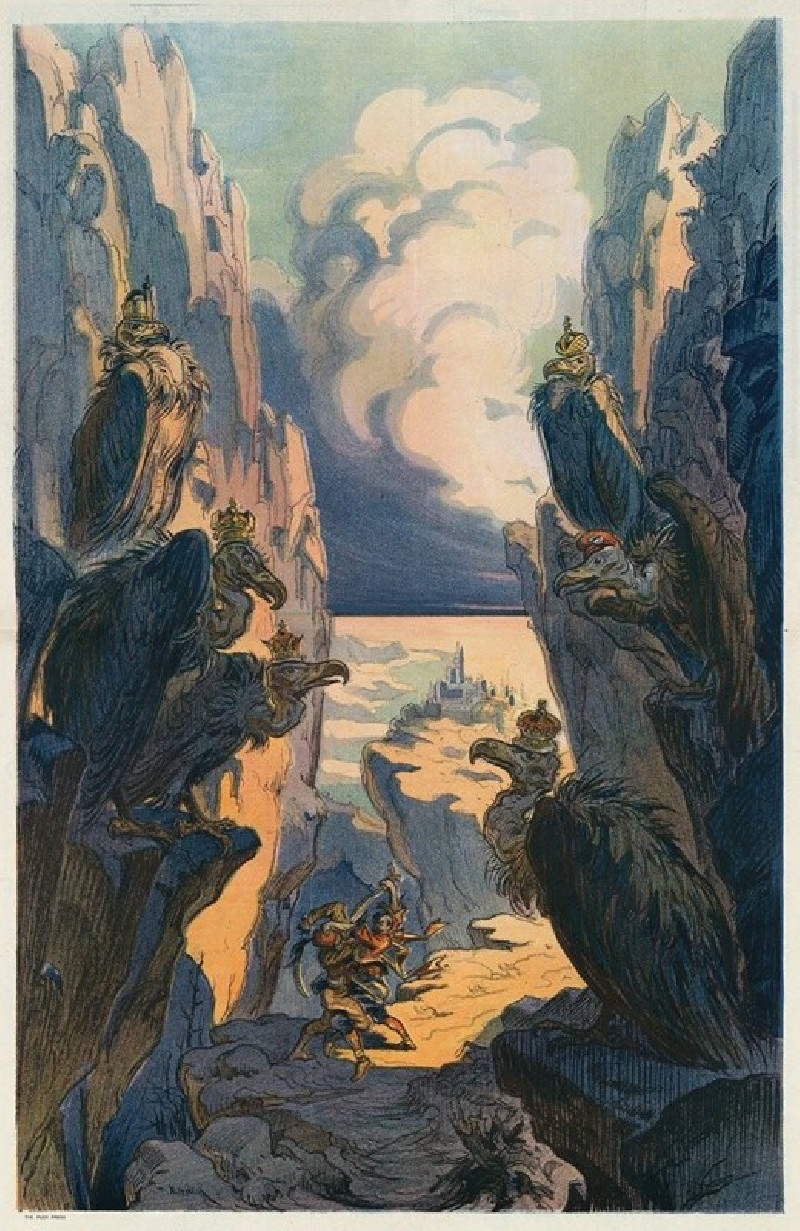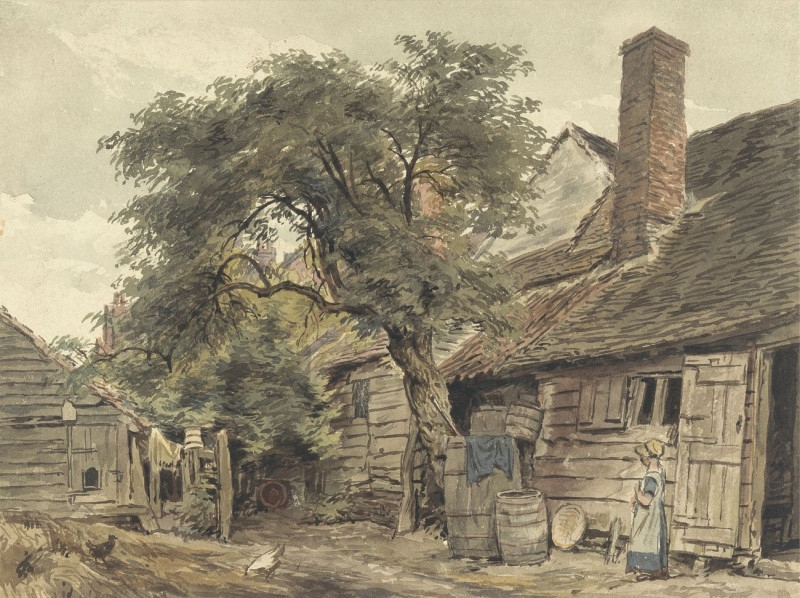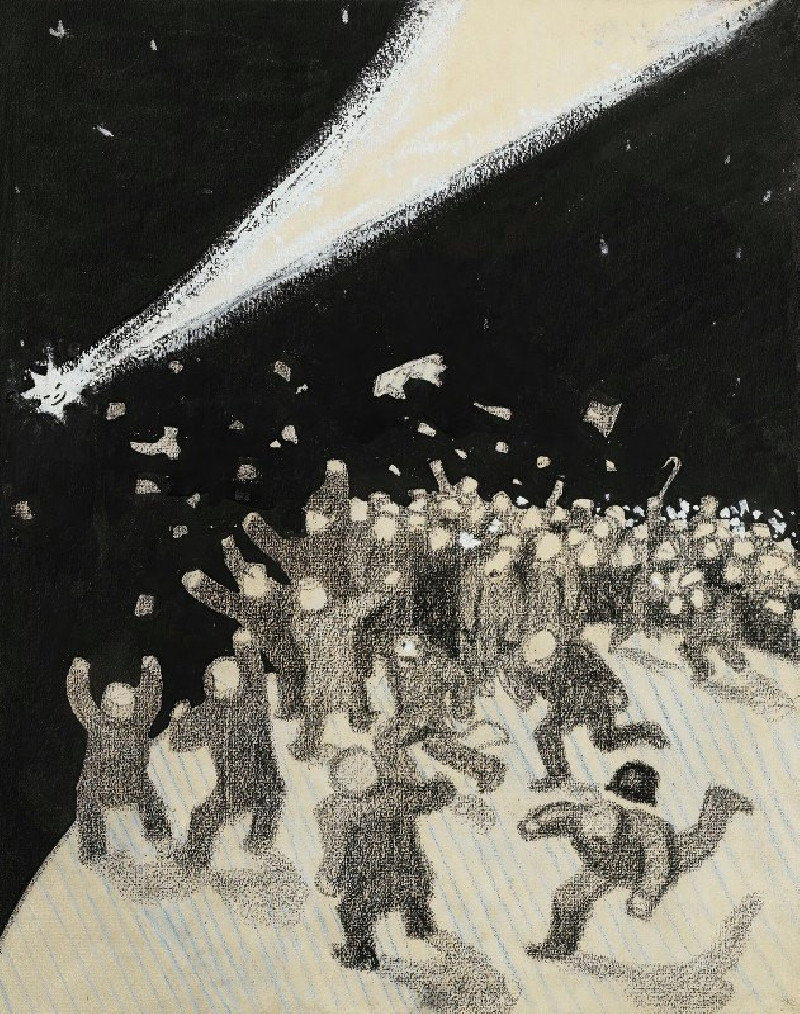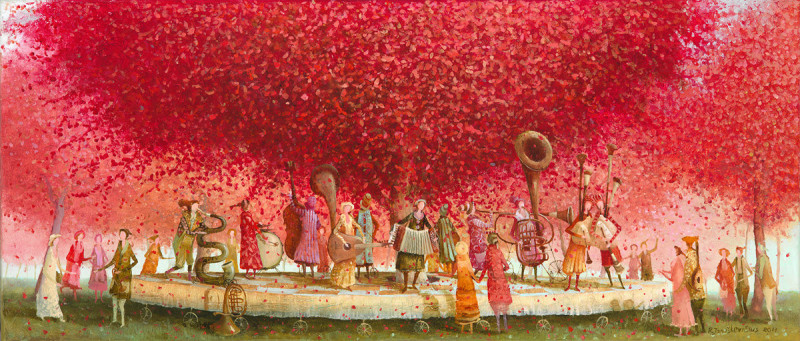Houses at Bougival (Autumn)
Technique: Giclée quality print
Recommended by our customers
More about this artwork
Dive into the quintessential charm of autumn captured by Camille Pissarro in the exquisite painting, "Houses at Bougival (Autumn)" from 1870. Pissarro, a Danish-French impressionist and neo-impressionist painter, was known for his rich portrayals of rural and urban French life. This particular piece is a testament to his masterful ability to showcase everyday scenery in a truly spectacular light.The painting presents a serene view of Bougival, a suburban commune west of Paris, beloved by many Impressionist painters for its pastoral scenes. Central to the artwork are figures of a woman and a child, likely enjoying a leisurely stroll. They are flanked by tall, slender trees bearing the sparse foliage typical of autumn, which allow glimpses of village houses with traditional steep rooves through their branches. The earthy tones of the path, speckled with fallen leaves, complement the tranquil atmosphere, suggesting the crispness of autumn air.In the distance, other residents appear to be engaged in daily activities, adding a dynamic element to the pastoral calm. Pissarro's brushwork expertly captures the light and atmosphere, rendering a vivid tactile sense of the season’s essence."Houses at Bougival (Autumn)" not only reflects Pissarro's adeptness in landscape painting but also his deep connection to nature and humanistic approach to depicting rural life.
Delivery
Returns
Blessed are they who see beautiful things in humble places where other people see nothing. — Camille Pissarro
Camille Pissarro (1830-1903) was born on St.Thomas (now the US Virgin Islands) to a Portuguese father and a Dominican mother. He went to Paris to study art at Ecole des Beaux-Arts. He was an early pioneer of pointillism and neo-impressionism and later became a mentor of many famous impressionist painters including Cezanne, Manet, Renoir, and Gauguin. His paintings depicted rural and urban French landscapes and lifestyle. Many of his works politically captured images of peasants and laborers. Today, he is considered the father of impressionism.

